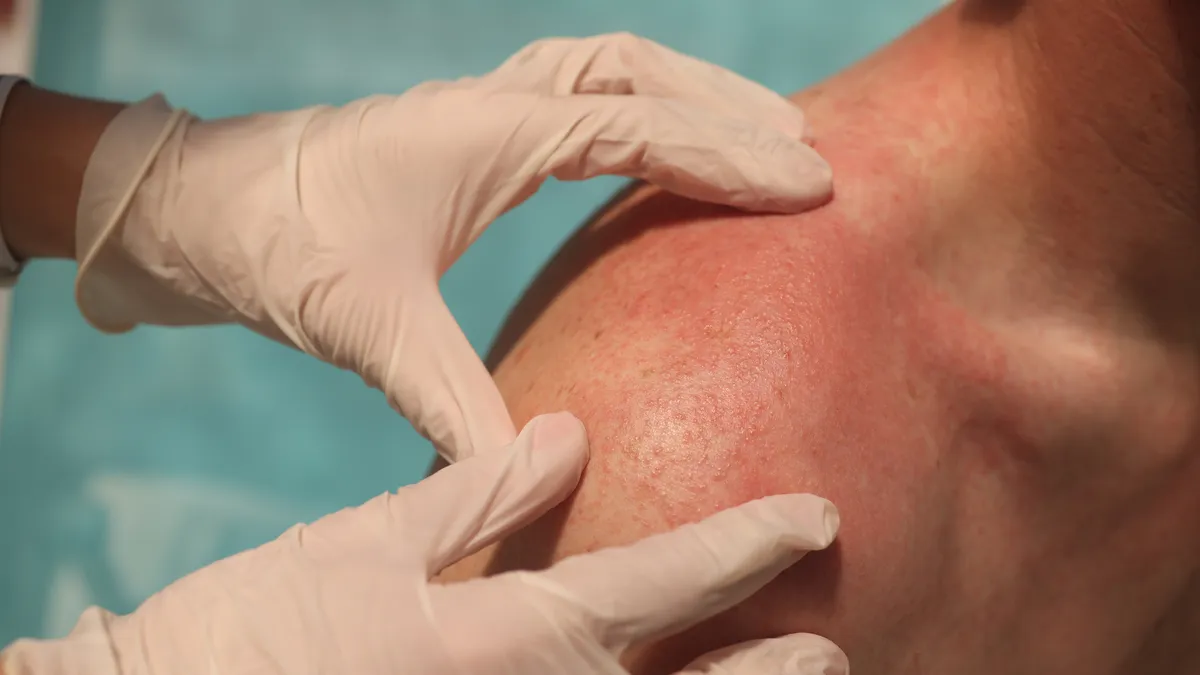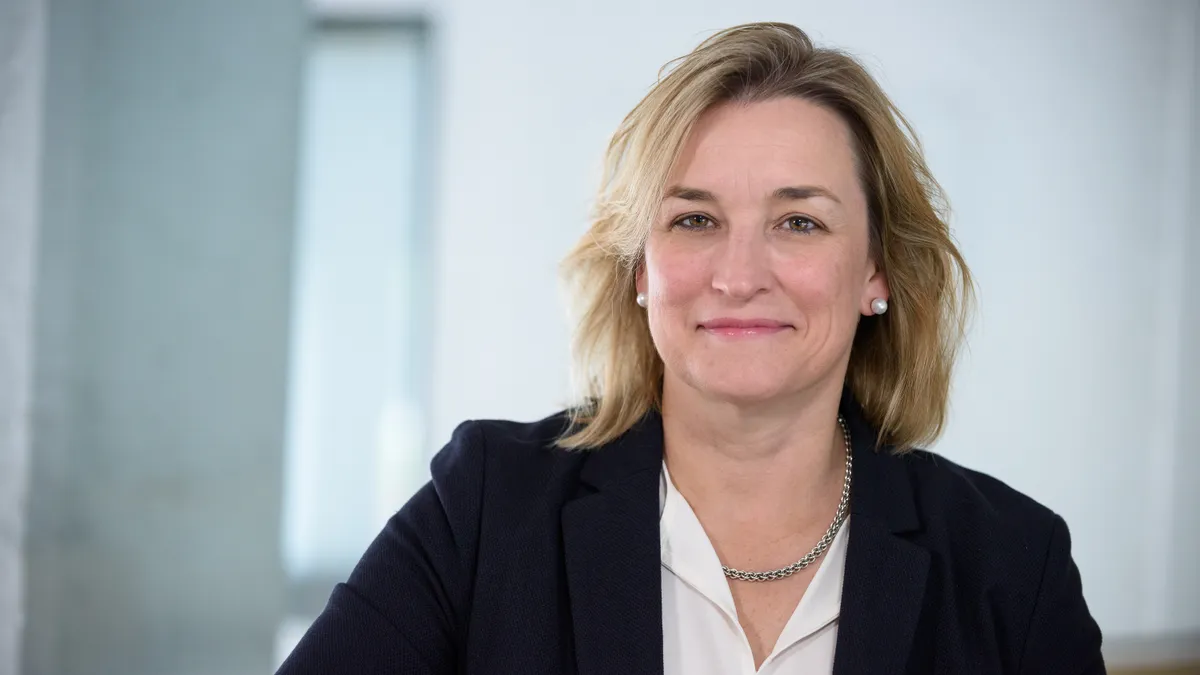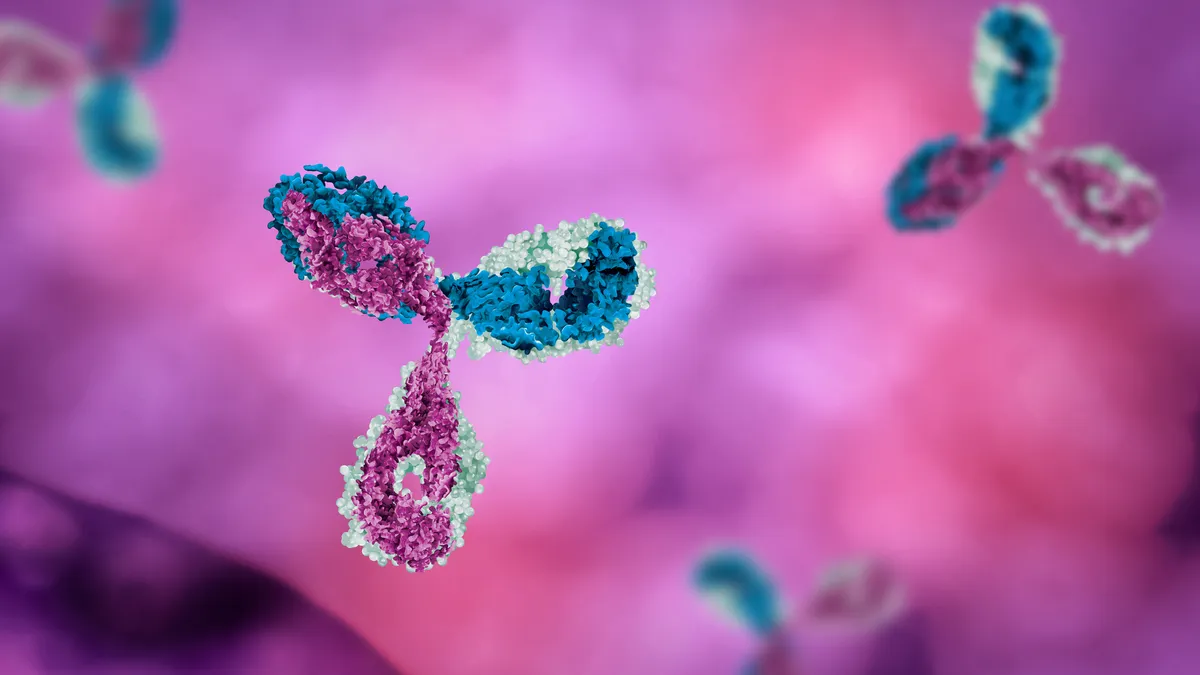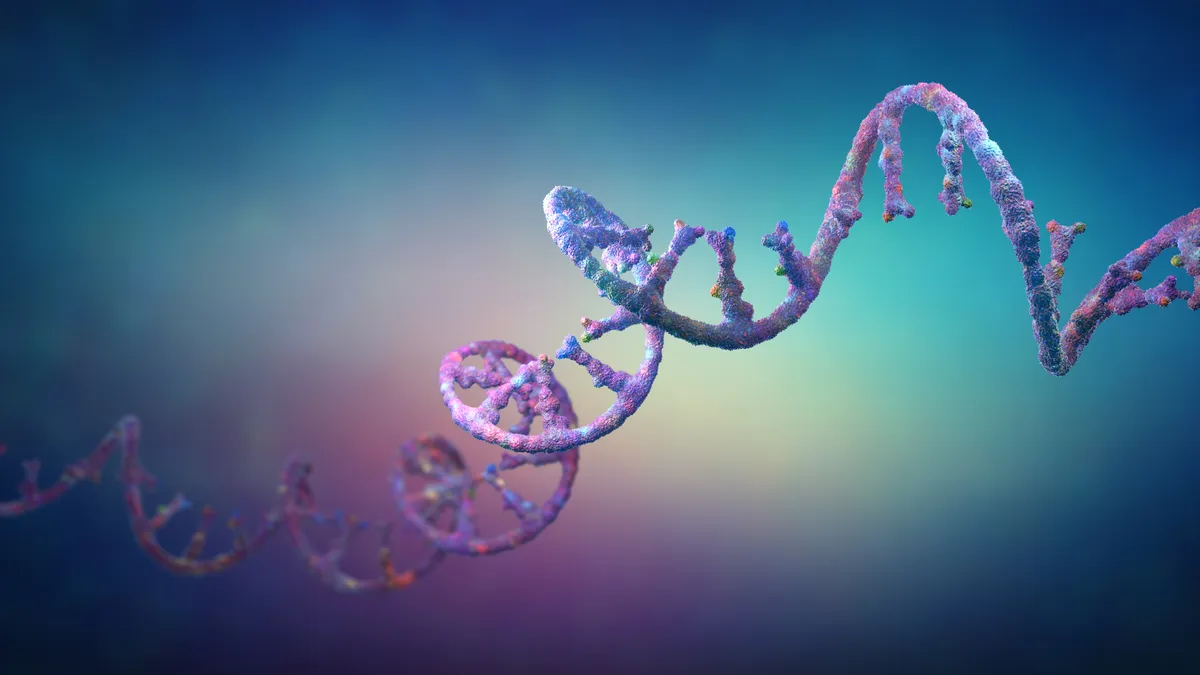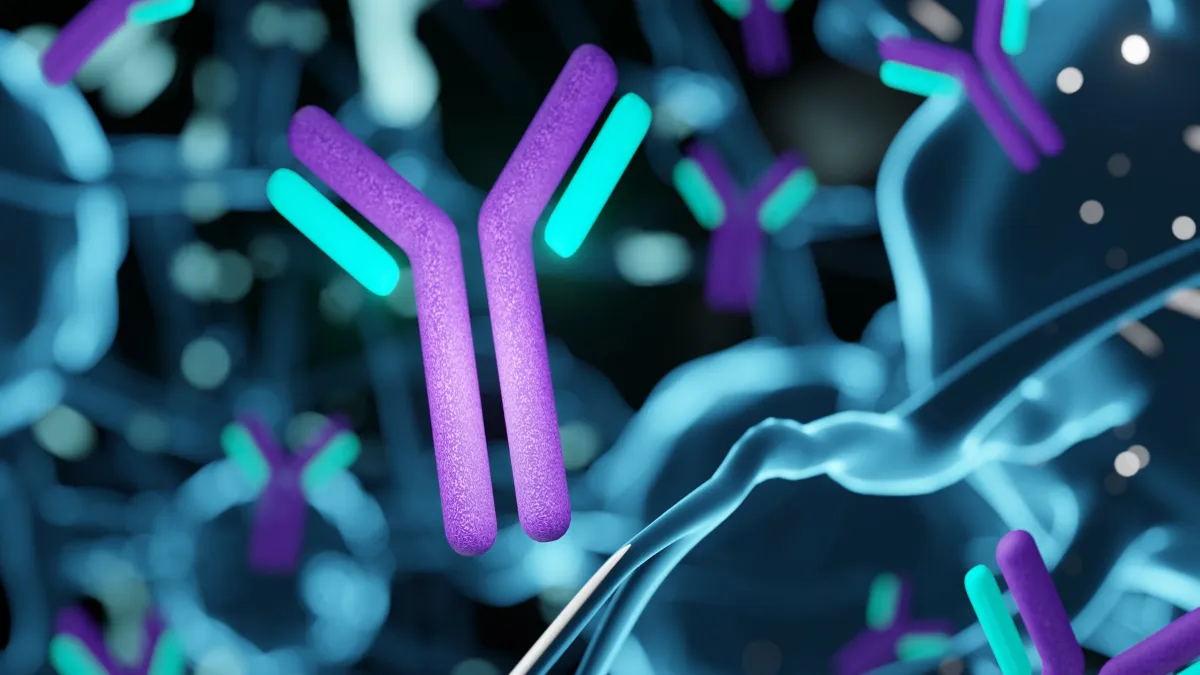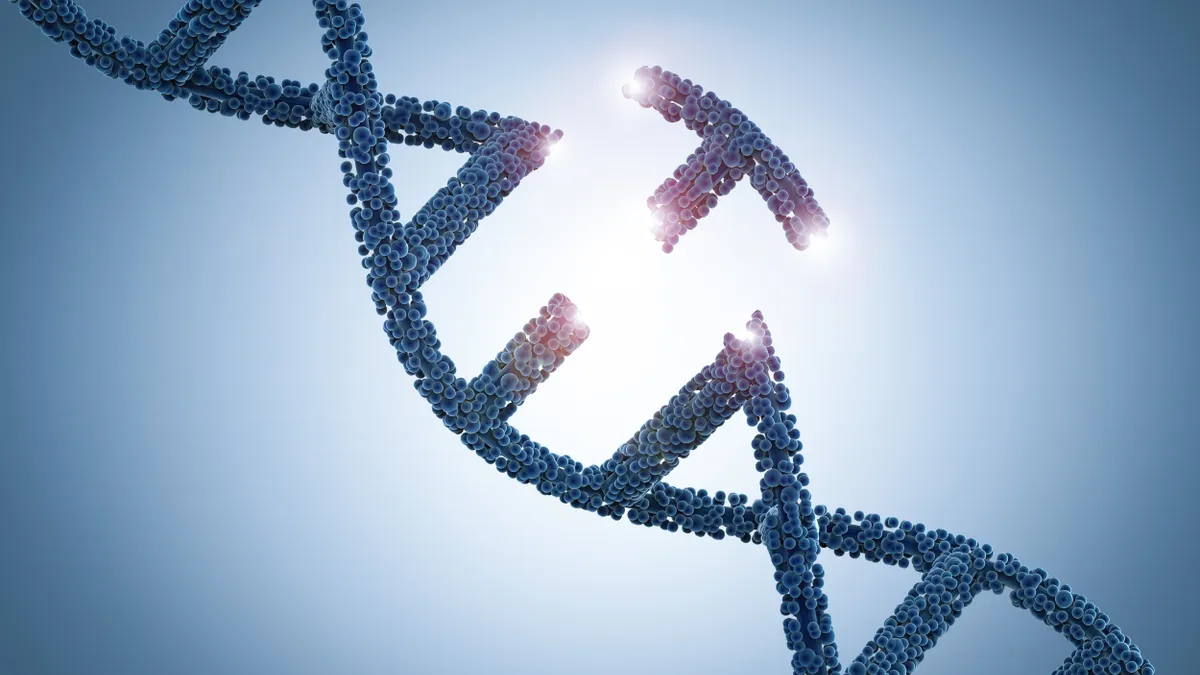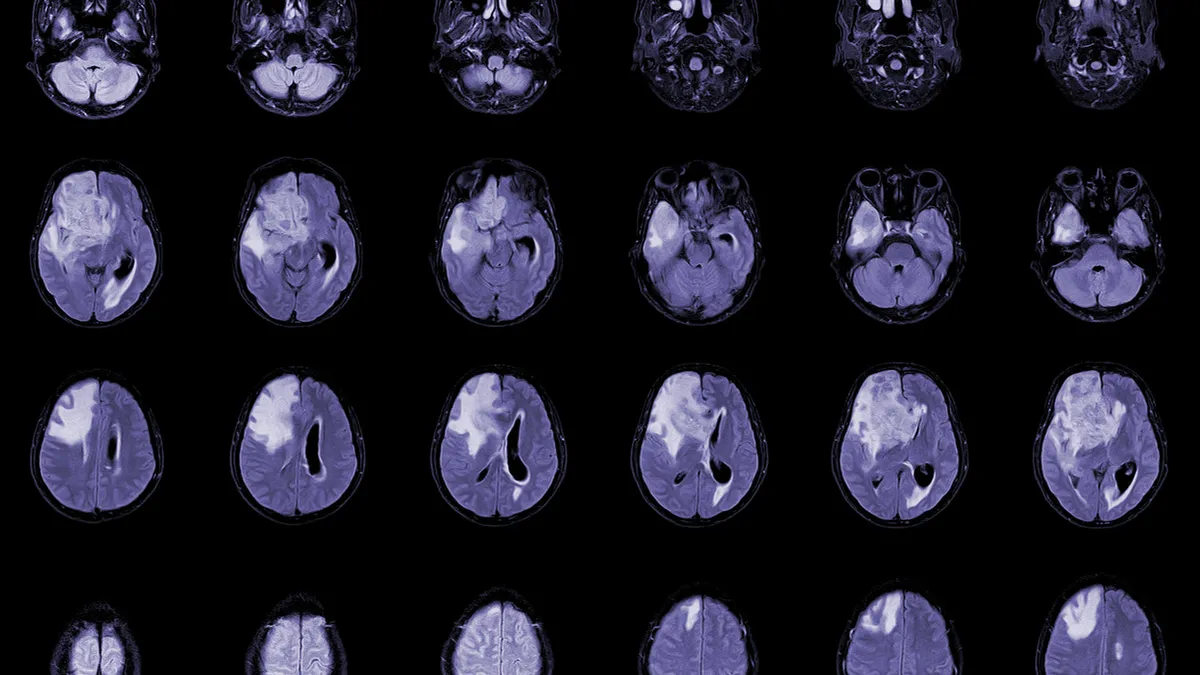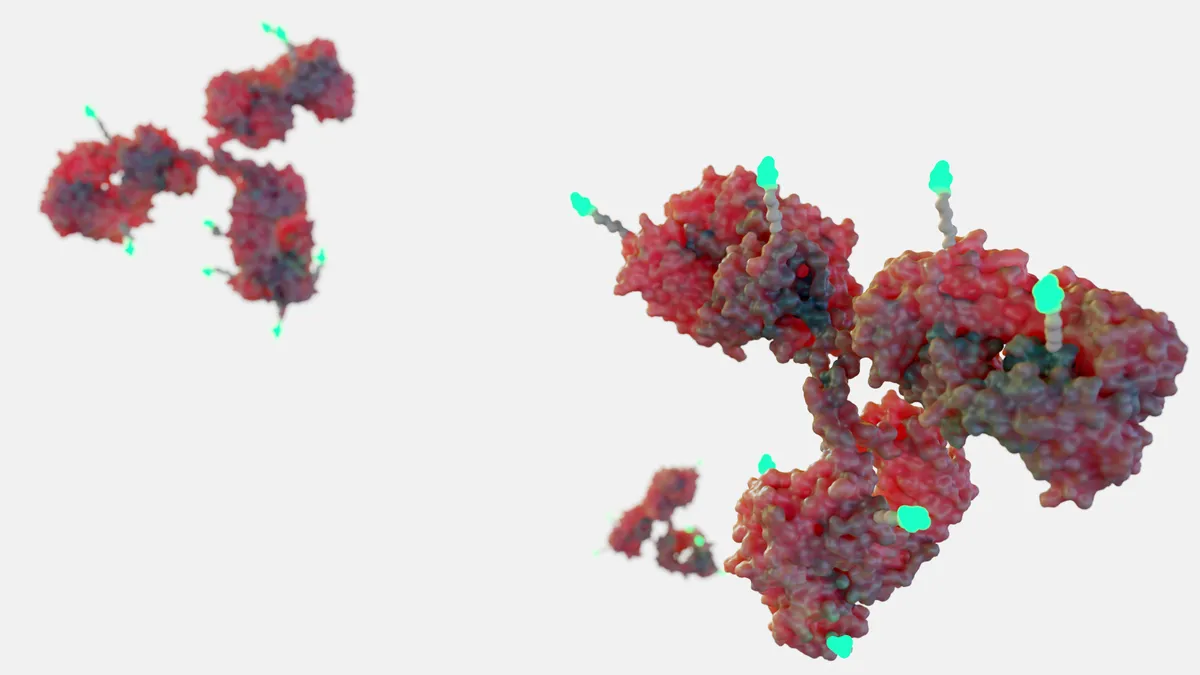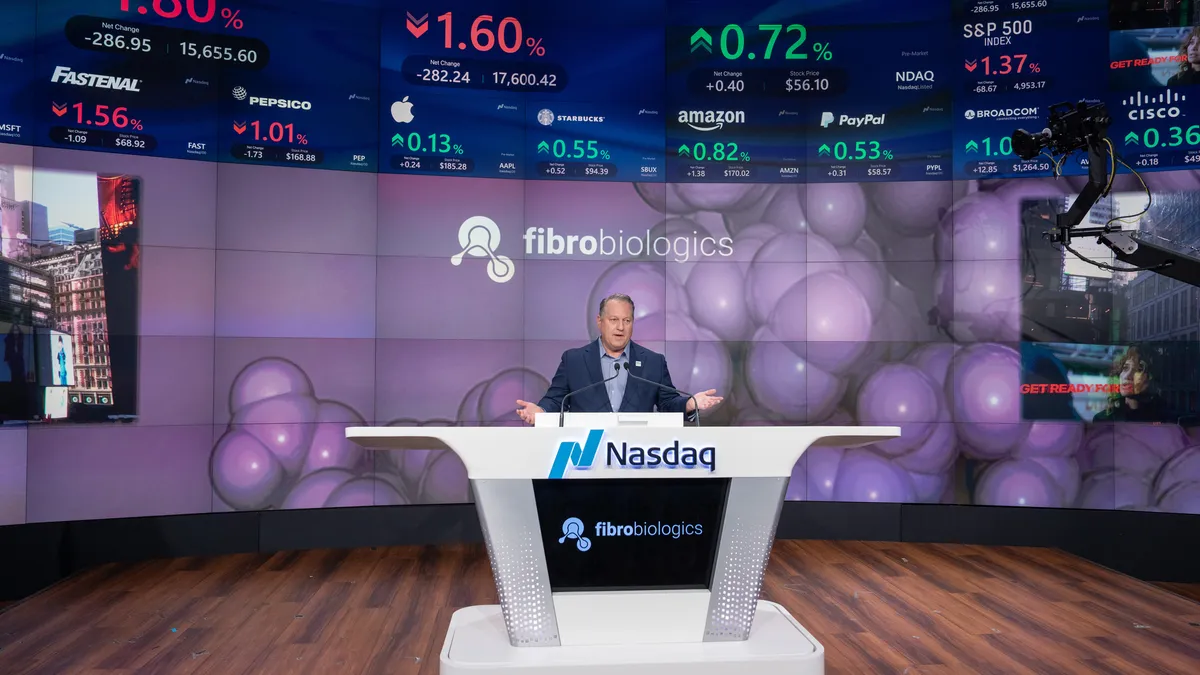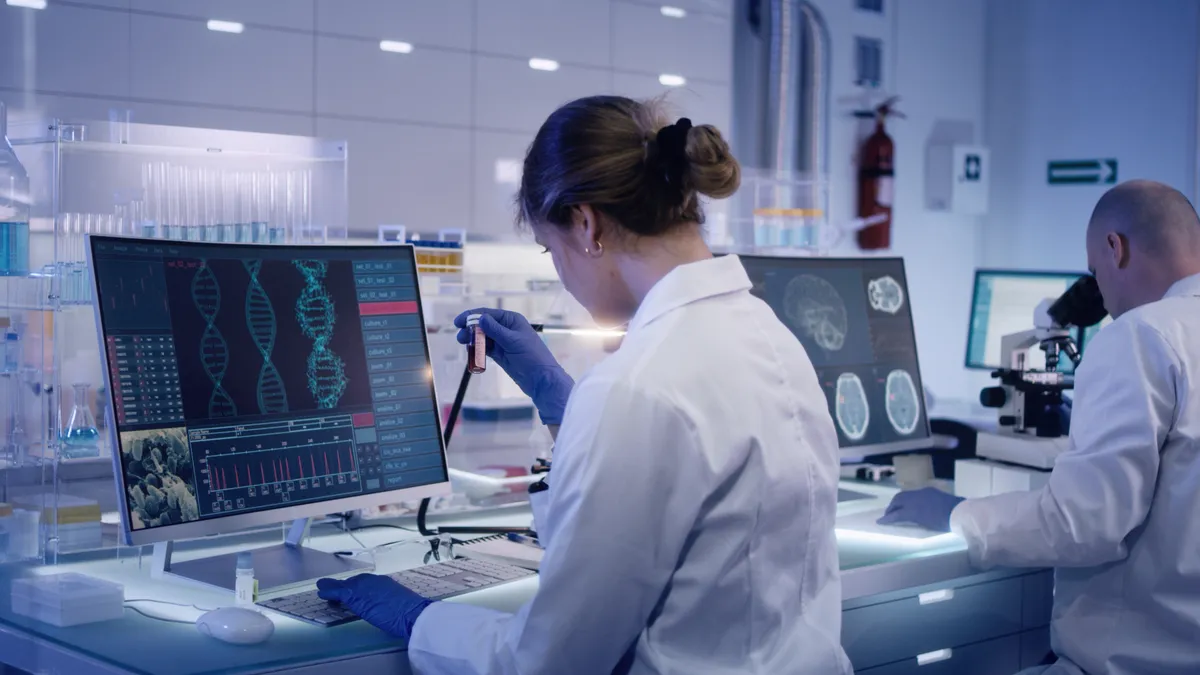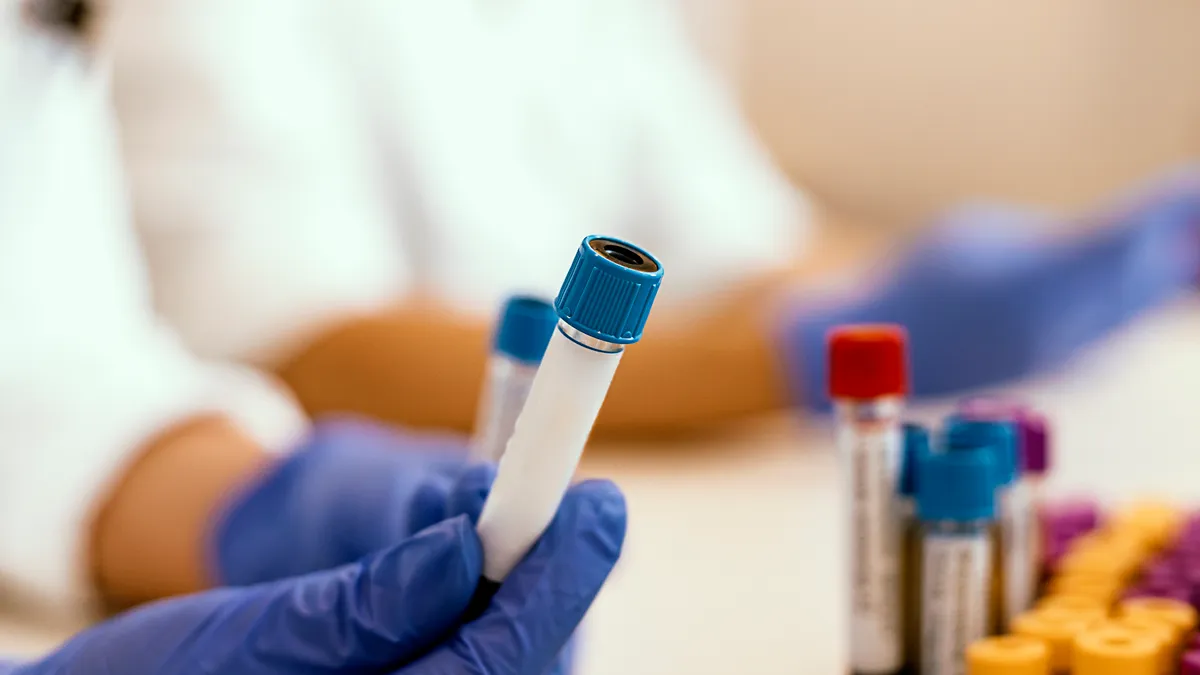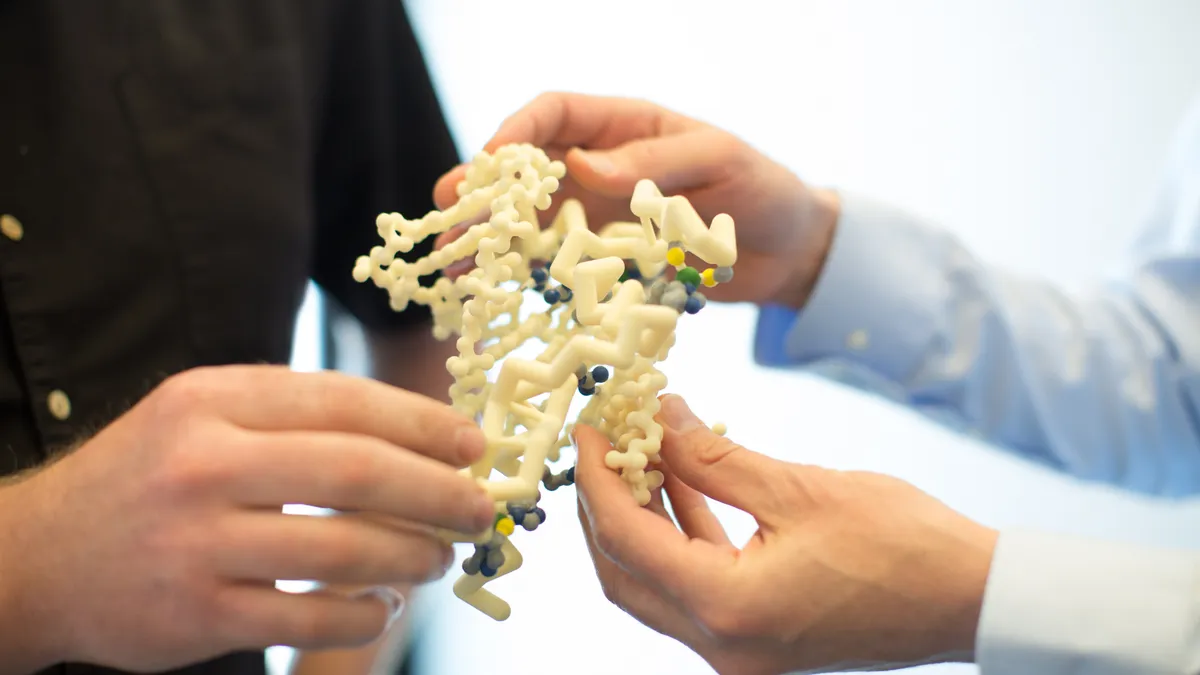Welcome to today’s Biotech Spotlight, a series featuring companies that are creating breakthrough technologies and products. Today, we’re looking at Talus Bio, which is taking transcription factor drug discovery in a new direction by mapping the complex networks of these proteins in the cell to find druggable targets.
In focus with: Lindsay Pino, co-founder, chief technology officer, Talus Bio
Talus’ vision: Talus is a small Seattle biotech working in the very complicated realm of biology called proteomics, the study of proteins and their reactions in the human body. Proteins are the end result of the coding in DNA and blueprints of RNA, and they have historically been difficult to study due to the sheer magnitude of differentiation and roles they play in the workings of a cell.
Among proteins, transcription factors are a critical part of a cell’s function, Pino said, describing them as “crucial switches that respond to a signal, go to the nucleus and turn a gene on or off and cascade that signal through the rest of the cell, tissue or body.” Artificial transcription factors like CRISPR-CAS9 have been used in genetic modification, but mapping the naturally occurring proteins in a cell could help illustrate their wider function.
As such, transcription factors could play an important role in discovering new ways to treat disease, Pino said. And Talus is one of the only companies looking this deeply into how they can be used in drug discovery.
“Instead of trying to repeatedly slam a square peg in a round hole and wondering why we can’t build new therapeutics for transcription factors, what if we just changed the way we try to do drug discovery?” Pino said. “We’ve built a platform that will functionally measure all the transcription factors in a cell and give you a readout of all the transcription factors binding DNA — and when you look for drugs, you’re seeing which transcription factors are functionally coming on or off of DNA upon treatment.”
Why it matters: Talus’ platform, called Marmot, uses a combination of proteomics, synthetic chemistry, AI and computational biology, and has led to the discovery of a potential treatment for the spinal cord cancer chordoma, now in the lead optimization phase.
“We really need better tools for measuring transcription factors, and building up these methods helps the entire field, the entire industry, move toward drugging them.”

Lindsay Pino
Co-founder, chief technology officer, Talus Bio
Chordomas are very slow-growing tumors that have been so far impossible to eradicate via current methods.
“These patients have surgery or they have radiation and there’s a 100% chance that that’s going to recur,” Pino said. “We’re excited to have a molecule that specifically targets the transcription factor that causes chordoma and we think this is going to be a crucial treatment option.”
In addition to chordoma, Talus is also looking into rare pediatric cancers like rhabdomyosarcoma (soft tissue tumors) and neuroblastoma (early nerve cell cancer), as well as areas outside cancer like fibrosis and cardiovascular diseases that are driven by transcription factors.
Talus picked up $4.3 million in grants awarded by the CARE Fund and the NIH in August to tackle these two diseases in particular.
Industry expertise: Talus has built itself not only on in-house candidates but by working with organizations and other biopharma companies. In some ways, the company has become a sort of scientific consultant for industry players investigating transcription factors.
For example, an unnamed mid-stage pharma company working on a molecule targeting a transcription factor “had never been able to measure this transcription factor in cells directly,” Pino said.
“We were able to show them with our method and our platform how this transcription factor is functionally being influenced by their lead compound,” Pino said. “We were also able to tell them all the off-target effects, which can be really valuable for medicinal chemistry to try to tune that molecule to be more selective for the protein of interest.”
Talus has taken that expertise into “academic labs that are working on the transcription phase and medicinal chemistry all the way through some of these midsize, biotech and biopharma companies that have programs that we have been able to come in and help move to the next phase of science,” Pino said.
Multidisciplinary process: Talus’ goal is to move beyond the traditional approach of drug discovery not by adding a tool to the toolbox, but rather starting from another direction, Pino said.
“Instead of trying to force a transcription factor into this workflow, why don’t we just come up with a new workflow?” Pino said. “We really need better tools for measuring transcription factors, and building up these methods helps the entire field, the entire industry, move toward drugging them.”
To do that, the company has brought together a multidisciplinary team of scientists from across the realm of biology and technology.
“A lot of times, this involves building tools as we go because transcription factors don’t fit into the stereotypical workflow,” Pino said. “We’ve got leaders in state-of-the-art proteomics, biochemistry, computational biology, machine learning — and we throw them all in a room together to collaborate and come up with the tools that are required.”
















